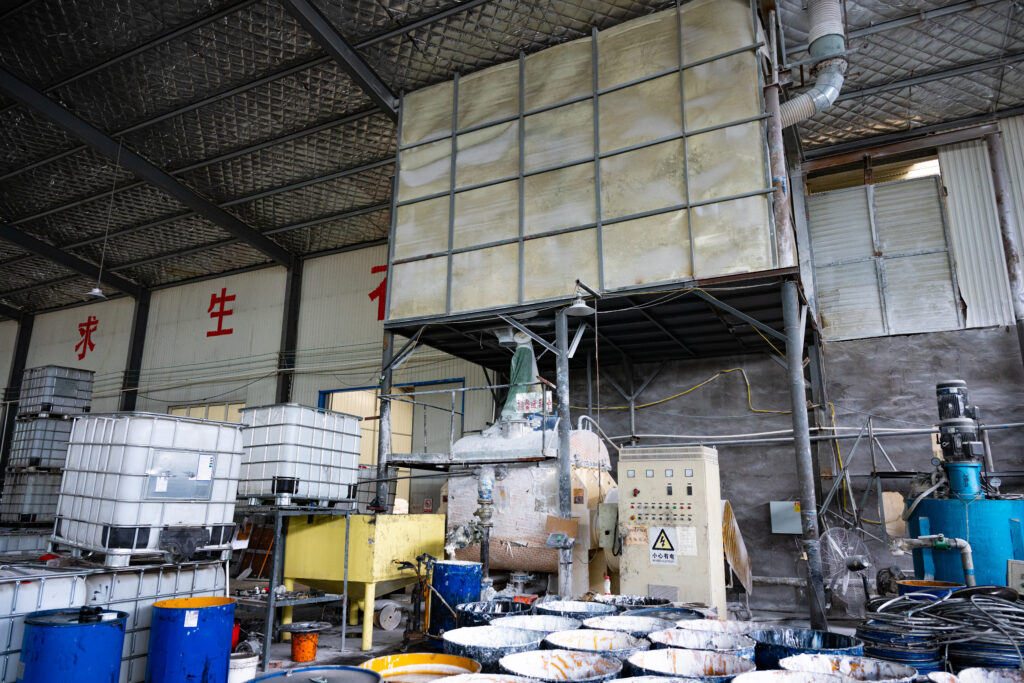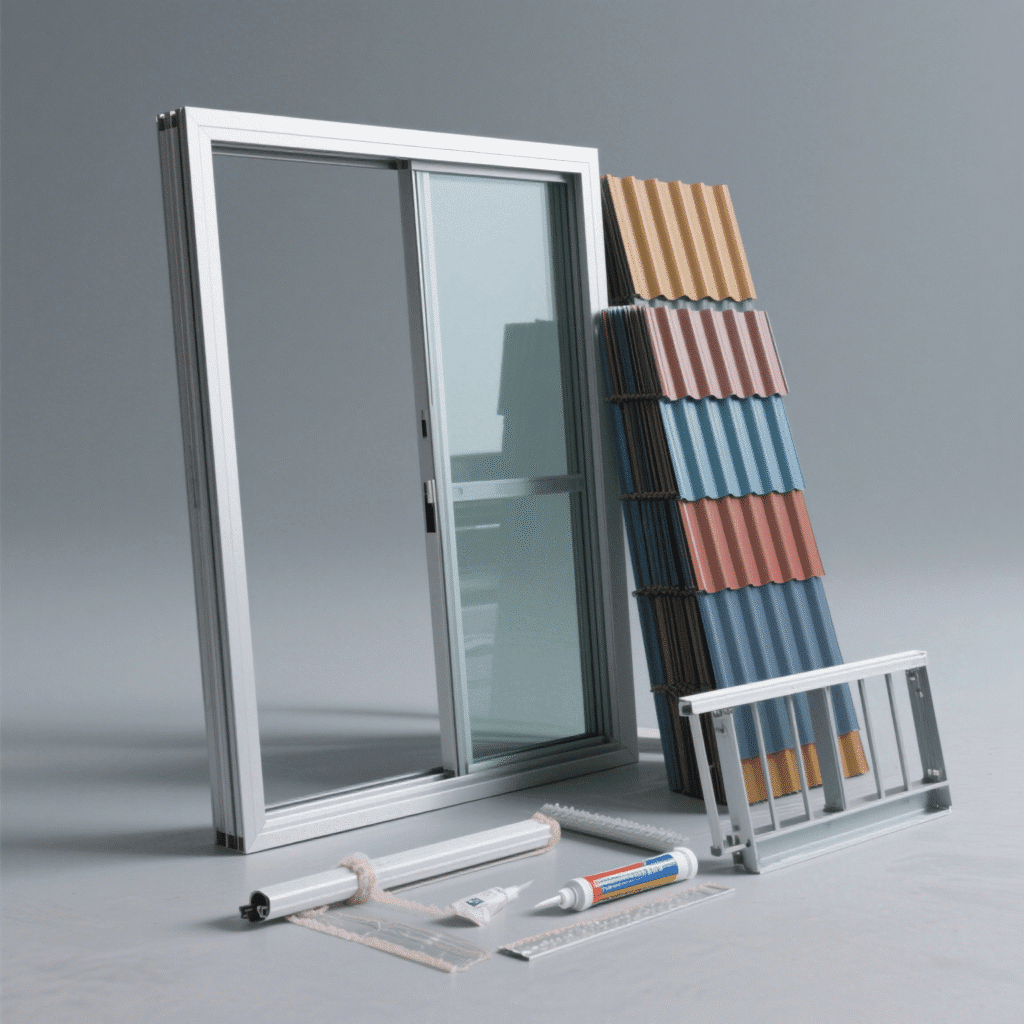Industries such as construction, automotive, and electronics consider silicone sealants as critical materials for sealing and bonding applications. To ensure optimum flexibility, durability, and weather resistance, the silicone sealant manufacturing process is both intricate and detailed. This versatile product is crucial for versatile industries. In this blog, we will discuss the major steps and materials used in the production of silicone sealants.
What is Silicone Sealant?
Silicone sealant is a type of polymeric adhesive that sets and cures into a flexible, waterproof, and resilient seal. It consists primarily of silicone polymers, fillers, curing agents, and other performance-enhancing and stabilizing additives.
Key Raw Materials
Silicone Polymer (Polysiloxane): Main polymer which supplies elasticity and resistance.
Fillers: Silica which enhances durability.
Curing Agents: Oxime and acetoxy compounds which trigger the curing reaction.
Plasticizers and Additives: Modifies adhesion, flexibility, and stability of the product.
The Silicone Sealant Manufacturing Process
1. Formulation and Mixing
The Silicone Sealant industry begins with the preparation of silicone polymer mix, fillers and additives in exact ratios. Industrial mixers are employed for this purpose since they guarantee uniformity and absence of bubbles in the mixture.
2. Curing Agent Addition
Curing agents are added after the base mix is complete. These agents will initiate a chemical reaction that will either cure the silicone sealant at room temperature or under heat.
3. De-Aeration
De-Aeration processes removes air bubbles that were trapped during the mix using vacuum de-aeration. This helps in attaining a sealant that is free from defects and of the highest quality.
4. Quality Control
Silicone sealant samples undergo quality control tests for viscosity, curing time, adhesion, and elasticity. The manufacturer adjusts formulations to meet specified standards.
5. Packaging
Finally, the product is packaged in cartridges, tubes, or bulk containers, ready for shipment and use.
Types of Silicone Sealants
There are mainly two curing types commonly produced in silicone sealant manufacturing:
-
Acetoxy Cure Silicone: Fast curing with acetic acid release, suitable for general applications.
-
Neutral Cure Silicone: Cures with alcohol or oxime release, less corrosive and ideal for sensitive substrates.
Conclusion
Silicone sealant manufacturing involves precise formulation, mixing, curing, and packaging processes to create a reliable, durable product used worldwide. Understanding these steps highlights the quality and innovation behind every silicone sealant you use.

About Noid
If you have any questions or need more information about our products and services, feel free to reach out to us through the following contact details:
Phone/WhatsAPP:
+86 15853657921
Email:
cy971109@gamil.com
Address:
No.198 Yishan Road,Dongcheng Street,Linqu County,Weifang City,Shandong Province,China
Customer Service Hours:
Available 24 hours a day, 7 days a week






